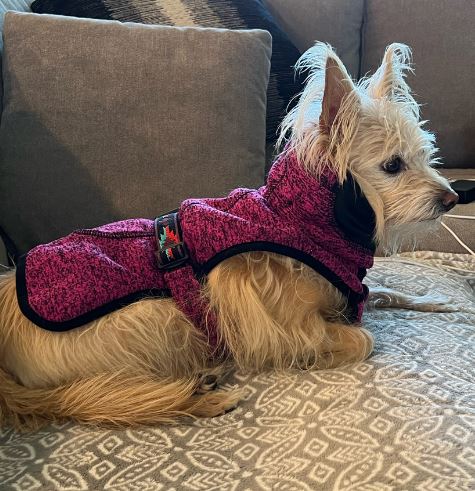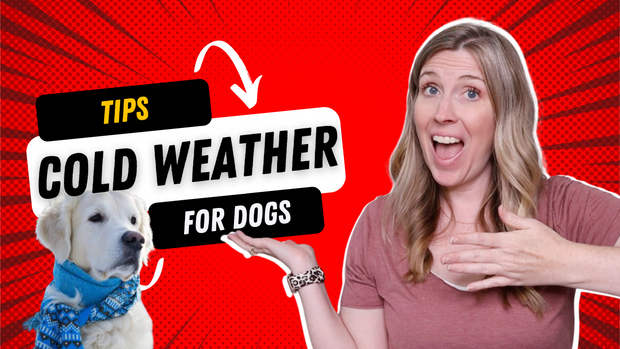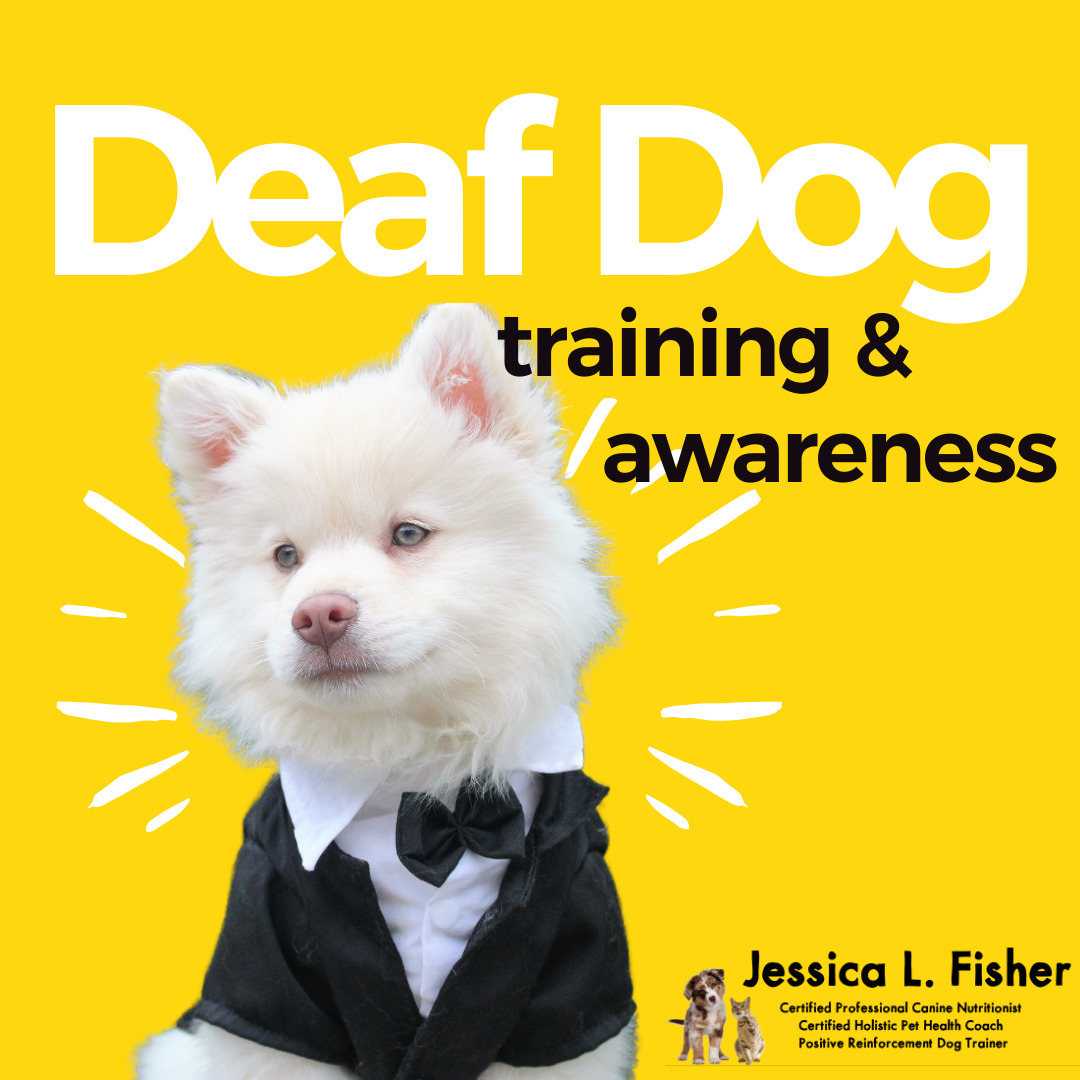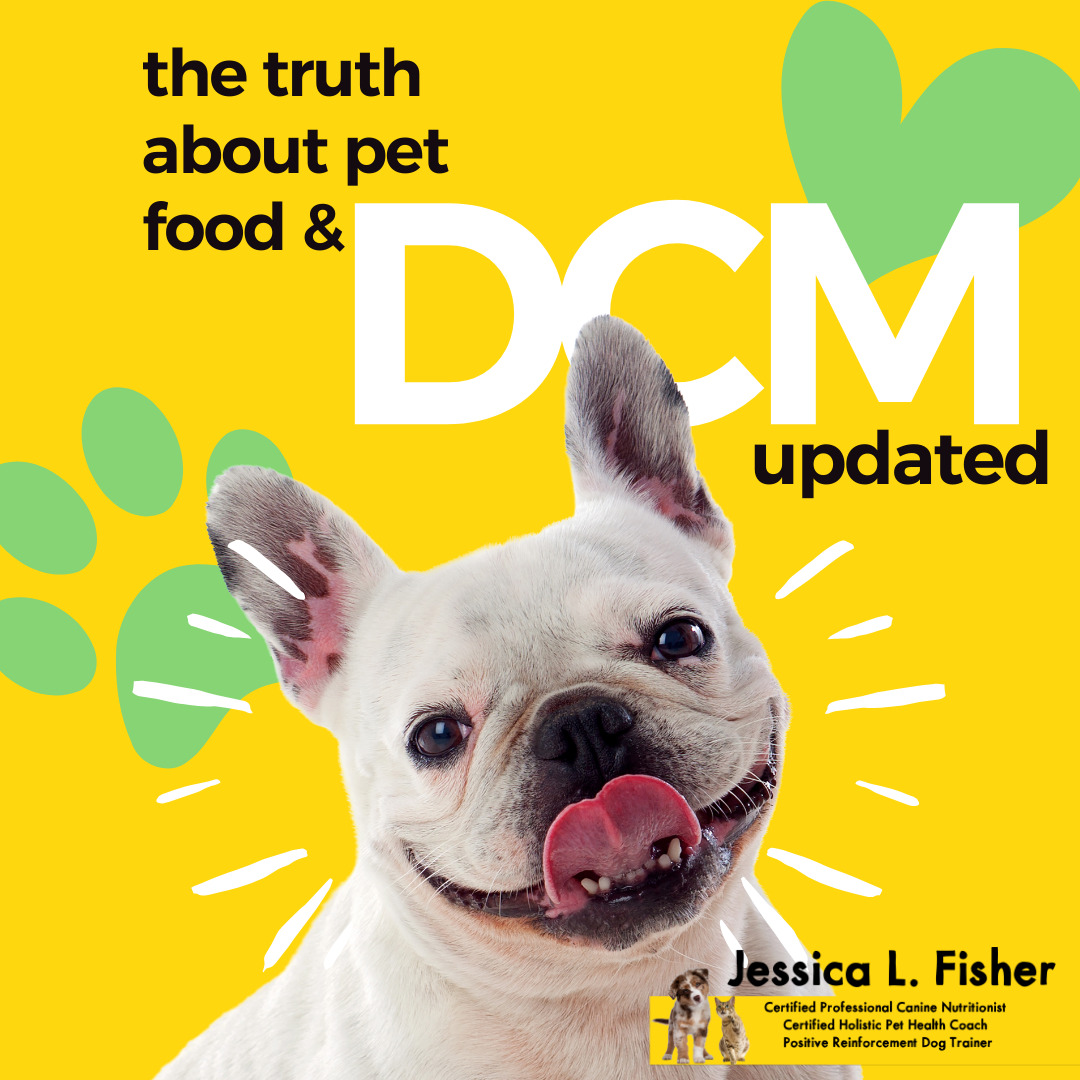I didn’t know when I chose today’s topic that our weather here in Central Texas would turn to freeze today! Two days ago it was 80 F, yesterday was 75 F and today has a high of 44 F. As I’m typing this, it is 26 F but with the winds, it feels like 6 F.
Thank goodness for weather forecasts, because we knew to drip the hot water overnight last night. Today, Kim has still been happy to go outside, but she wants to come back in very quickly. She has been wearing the Wilderdog sweater that she got for her birthday when she goes out on potty breaks. She actually loves wearing clothes, but my husband doesn’t like her wearing them, so we only do it when necessary, like today or for a photo op.

Now for the cold weather tips…
Weather conditions, whether hot or cold, always need to be monitored to make decisions on if, when, and how long you and your dog should spend time outside.
IT IS NEVER OK TO CHAIN YOUR DOG UP OUTSIDE AND LEAVE THEM THERE.
Yes, I want that shouted from the rooftops. While there are some dogs who would love to spend most of their time outdoors and even some breeds that have very thick coats and are more adapted to living in cold temperatures, our companion animals should not spend 100% of their lives living outdoors.
Temperature alone is not the sole indicator of if, when, and how long to let your dog spend time outdoors. While it is important for dogs to get both physical and mental exercise every day, some days we may need to work more on mental exercises in the home and avoid over-exposure to extreme temperatures.
In the intro, I mentioned that the wind is making it feel much colder than the actual temperature, this is one additional factor to consider. If it were raining, snowing, sleeting hailing, storming, etc., those would also be additional indicators.
In the case of our beloved dog companions, Dr. Karen Becker provides some additional factors to consider:
“Coat thickness — Dogs with thin coats, such as greyhounds and Xoloitzcuintli, have a little barrier against the cold, while dogs with thick, double-layered coats, such as Siberian huskies, Newfoundlands, and Samoyeds, do very well in cold weather.
Age — Puppies and elderly dogs can have difficulty regulating their body temperatures and are more prone to adverse effects from cold weather exposures.
Health status — Dogs that are sick or struggling with chronic conditions or mobility issues require more protection from extreme temperatures than healthy dogs.
Size and weight — Small dogs have a greater surface area to volume ratio, giving them more skin through which heat escapes compared to larger dogs.2 This is one reason why small dogs generally can’t tolerate cold temperatures as well as larger dogs. Overweight dogs often don’t need extra insulation, either, while lean or underweight dogs will get cold faster and may need an extra layer of warmth in the form of a sweater or coat.
Coat color — Dogs with dark-colored coats, such as black or brown, can absorb heat from sunlight, helping them stay warmer than dogs with light-colored coats.
Conditioning — Was your dog born and raised in a cold, snowy climate? He’ll have an easier time handling the weather than a dog from Florida that’s experiencing his first ice storm.”
Dr. Buzby has some additional tips for senior dogs: “Older dogs are less tolerant of the cold than their young, robust counterparts, but keep in mind that once temperatures drop into the teens, it’s dangerous for all dogs regardless of age.”
We need to be very aware of how our dog behaves and reacts in inclement weather conditions. Here are some examples of how to tell if your dog is cold:
– Shivering
– Signs of anxiety
– Whining
– Slowing down
– Holding up a paw
– Seeking out warmth (sunlight, asking to be held)
– Weakness or limping
– Lack of focus/alertness
Other tips to keep in mind:
– Dogs who are outside playing in winter weather may slip and fall. While this does not always mean they have been injured, it is important to give them a thorough check and be vigilant about watching them for the next day or so in case you notice any limping or lameness.
– The sun can give your dog a chance to warm up, but it is still important to watch them for signs of being too cold. If it is cloudy, they may not have a chance to warm up and their time outdoors may need to be shortened.
– According to Dr. Becker, “As a general guide, when temperatures dip below 45°F, dogs that don’t love the cold start to feel uncomfortable. If it’s below 32°F, small breeds, thin-coated dogs, and old, young, and sick dogs should be very carefully monitored for signs of discomfort”
– Frigid temperatures can cause frostbite on your dog’s ears, tail, and paw pads. It is rare but can happen.
– Anti-freeze poisoning is real y’all … so be very aware of where your dog walks and ALWAYS stay with them and be vigilant about what they walk in / where they walk and what they ingest.
– Choosing a coat or sweater for your dog may be good for them, especially for smaller breeds and dogs who are sick or immunocompromised.
As mentioned above, Kim’s sweater is from Wilderdog. This is great for around the house and the backyard, but I can’t easily attach the leash to her harness without the sweater moving around since there is no opening, so not great for walks and adventures. Here is the link: https://www.wilderdog.com/products/fleece-jacket
I also purchased a Kurgo sweater based on the review from Kimberly at Keep The Tail Wagging. It’s on its way. I love this one for walks and outings because it has a zipper on the top (back) for the harness attachment. Here’s the link: https://www.kurgo.com/dog-coats/k9-core-sweater
In general, my rule of thumb is this: If it’s too cold for me, it’s too cold for my dog. Yes, we may need to go out for short periods of time for potty breaks, but exercise and play will be indoors where we are both more comfortable. If your dog insists on going outside, keep a close eye on them and look for signs that they are too cold. Insist on coming inside if they display any signs of distress, and intermittently to allow them a chance to warm up.
Do you have any additional tips to add? Let me know in the comments.
Stay warm and safe!




